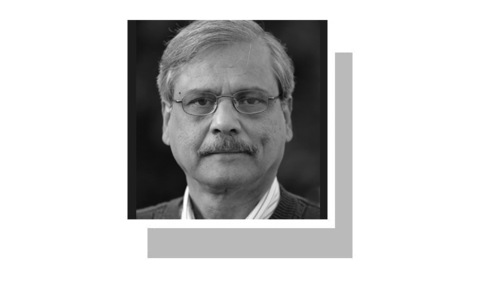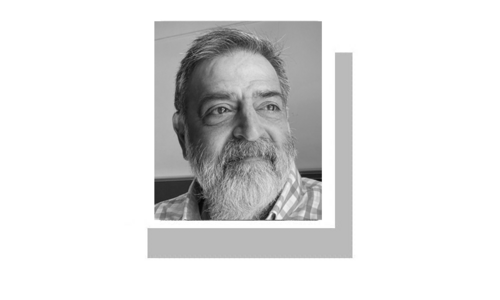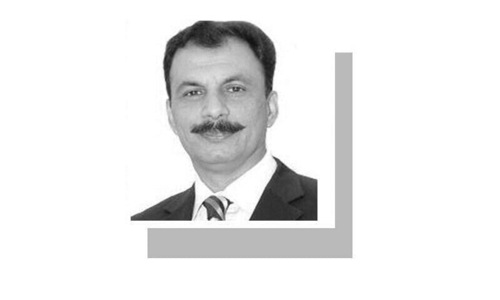KARACHI: This time Sampurna presented us with a double-banger, offering both a workshop and a performance by the young, visually impaired singer, Aliya Rasheed from Lahore, in the elegant residence of Sampurna’s founder-director, Saffia Beyg.
Aliya completed a four-year, total immersion course in dhrupad with the renowned Gundecha brothers in Bhopal, and appeared many times with them on stage. Besides this, we learned during the dhrupad workshop that on the occasion of her 6.30am, morning raga programme in Mumbai, the audience numbered almost 800 enthusiasts, who gave her a standing ovation. Just imagine Karachi folk rising, either literally or otherwise, to the occasion in such numbers.
She also mentioned the difference in the rendition of taans in khayal and dhrupad, illustrating how in the latter style the thaan resonates within one’s body, though unfortunately there was no chance to demonstrate this further in the programme offered on Friday. Another point of interest was the importance of improvisation on the pakhawaj in this genre, as opposed to the role of the tabla in other areas of classical accompaniment, a burst of rhythm from her accompanist, Allah Lok Pakhawaji, making this clear to us, along with his recitation of some of the very different bols employed in dhrupad.
Dhrupad’s long history covers 5,000 to 7,000 years. Its name derives from Dhruva (the evening star) and pada (poetry), and it traces its origin to the ancient text of Sam Veda. It was heard in the courts of India, with the great Tansain being one of its exponents.
As to the concert, Aliya’s first piece, after much fine tuning of instruments by ear only, was the bandish, “Anahat naad akash wayu …” in Raaga Marwa. At her delicate entry into the alaap, featuring an ever so gentle raising of volume, one could already understand how the spirituality of dhrupad brings peace to the heart. As she progressed, her perfect control while gliding up and down the scale, along with the raising and lowering of volume, was interesting and pleasing. The move to the Madhya stage was smooth and easily perceptible, and there followed a little embellishment through brief alterations of technique, with the drut stage appearing soon afterwards. Once into the raga itself, her voice gradually gathered momentum, accompanied by the resonant beats and occasional well-executed tehai patterns of the pakhawaj. This was followed by a bandish composed by Uma Gandecha himself.
Changing to Raaga Charukeshi, in a more spirited piece the singer alternated full-bodied notes and phrases with soft, almost inaudible moments, afterwards coasting along on a more or less regular group of notes. In the shorter phrases in this number, her breath control was impressive, while the same was true of the following Raaga Des piece, based on the sayings of Sufi philosopher Kabbir Das. Here she displayed such lovely upward meandering within the scale, while the pakhawaj trotted along peacefully in accompaniment.
Aliya is to be commended for her rich exploration of the mood of raga, for the perfection of her sur, and for the unerring sweetness of her voice and style, though it was a pity that such frequent stops were made for the re-tuning of pakhawaj and taanpura.














































Dear visitor, the comments section is undergoing an overhaul and will return soon.